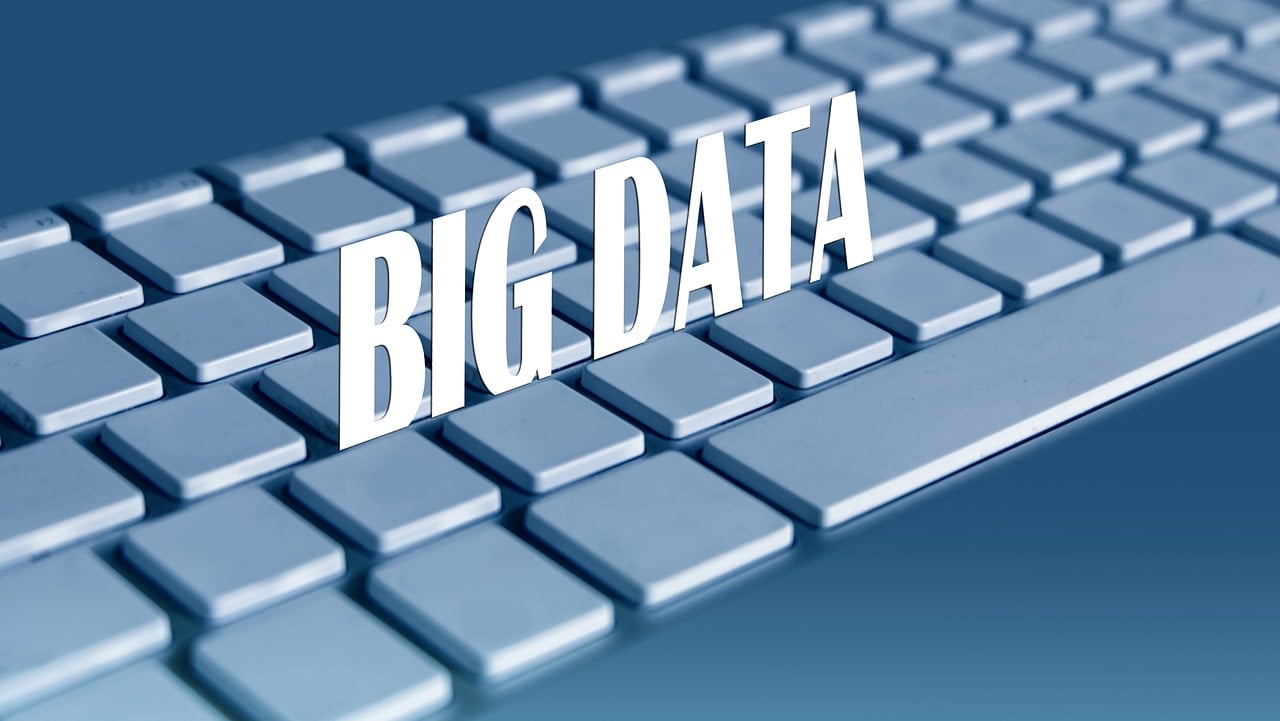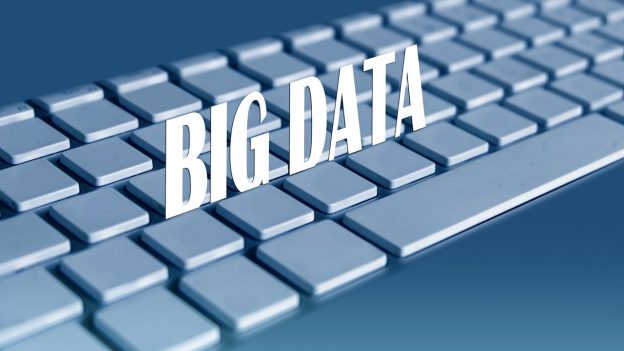In today’s data-driven world, information has become a valuable asset for businesses of all sizes. However, the collection and management of data is not without its complexities. As a business owner or a head of a company, it is crucial to understand the importance of data collection documentation. This article aims to provide you with a comprehensive understanding of this subject, outlining the key aspects and considerations involved. By the end of this article, you will have the necessary knowledge to make informed decisions about data collection and ensure its proper documentation.

Data Collection Documentation
Data collection is a crucial process in any business or organization as it allows for the gathering and analysis of relevant information to make informed decisions. It involves the systematic collection, organization, and interpretation of data to derive meaningful insights. In this article, we will delve into the various aspects of data collection, including its importance, types, legal considerations, planning, implementation, quality assurance, and best practices.
Introduction to Data Collection
Definition of Data Collection
Data collection refers to the process of gathering information or data from various sources. This can include primary data, which is collected directly from the target population, or secondary data, which is obtained from existing sources. The data collected can be in the form of numerical data or qualitative information.
Purpose of Data Collection
The primary purpose of data collection is to obtain relevant and accurate information that can be used to make informed decisions. This information helps businesses understand customer behavior, identify market trends, measure performance, and improve decision-making processes.
Role of Data Collection in Business
Data collection plays a crucial role in various aspects of a business. It helps in identifying customer needs and preferences, which in turn enables businesses to develop products or services that meet those requirements. Additionally, data collection allows for the assessment of business performance and the identification of areas for improvement. It also helps in identifying market trends and analyzing consumer behavior, providing valuable insights for marketing strategies and product development.
Importance of Data Collection
Understanding Customer Behavior
Data collection allows businesses to gain a deeper understanding of customer behavior. By collecting data on purchasing patterns, preferences, and demographics, businesses can identify trends and tailor their products or services accordingly. This understanding of customer behavior can lead to more effective marketing strategies and higher customer satisfaction.
Improving Decision Making
Data collection provides businesses with the necessary information to make informed decisions. By analyzing the collected data, businesses can identify patterns, trends, and correlations that can guide decision-making processes. This data-driven decision making ensures that businesses have a solid foundation for their strategies and reduces the reliance on guesswork.
Identifying Market Trends
Through data collection, businesses can identify market trends and adapt their strategies accordingly. By continuously collecting and analyzing data, businesses can stay ahead of the competition and respond to changing market conditions in a timely manner. This allows for a proactive approach to decision-making and ensures that businesses are well-positioned in the market.
Measuring Performance
Data collection enables businesses to measure and monitor their performance accurately. By collecting data on key performance indicators, businesses can assess their success and identify areas for improvement. This information is crucial for setting realistic goals, tracking progress, and making adjustments to optimize performance.
Types of Data Collection
Primary Data Collection
Primary data collection refers to the process of gathering data directly from the target population. This can be done through surveys, interviews, observations, or experiments. The advantage of primary data collection is that it provides accurate and specific information tailored to the research objectives. However, it can be time-consuming and costly to collect primary data.
Secondary Data Collection
Secondary data collection involves obtaining data from existing sources such as government reports, industry publications, or databases. This type of data is readily available and can provide valuable insights. However, the data may not be specific to the research objectives, and there can be limitations in terms of its accuracy or relevance.
Qualitative Data Collection
Qualitative data collection involves gathering non-numerical data to gain an in-depth understanding of a particular phenomenon. This can include interviews, focus groups, or content analysis. Qualitative data provides rich insights into people’s experiences, attitudes, and perceptions. It is useful for exploring complex topics and generating hypotheses.
Quantitative Data Collection
Quantitative data collection involves gathering numerical data that can be analyzed statistically. This data is typically obtained through surveys, experiments, or observations. Quantitative data allows for objective analysis and enables researchers to identify patterns, correlations, and trends. It is useful for testing hypotheses and making generalizations.

Legal Considerations in Data Collection
Compliance with Privacy Laws
When collecting data, businesses must ensure compliance with privacy laws and regulations. This includes obtaining the necessary consent from individuals for collecting and using their data. It is crucial to inform individuals about the purpose of data collection, how it will be used, and the measures in place to protect their privacy.
Obtaining Consent
Obtaining informed consent is essential when collecting data. This involves providing individuals with clear information about the purpose of data collection, how their data will be used, and any possible risks involved. Consent should be obtained voluntarily and can be in written or electronic form.
Protecting Data Security
Data security is of utmost importance when collecting and storing data. Businesses should implement appropriate measures to protect data from unauthorized access, loss, or misuse. This can include encryption, access controls, regular data backups, and secure storage systems. Compliance with data protection laws and regulations is crucial to avoid legal and reputational risks.
Planning Data Collection
Defining Research Objectives
Before conducting data collection, it is essential to define clear research objectives. This involves identifying the information needed to answer research questions or solve problems. Clear objectives provide guidance and ensure that the collected data is relevant and aligned with the research aims.
Identifying Data Needs
Identifying the specific data needed to achieve the research objectives is crucial. This involves determining the variables to be measured, the level of detail required, and any specific criteria for selection. Identifying data needs helps in designing appropriate data collection methods and tools.
Determining Sample Size
Sample size determination is an important aspect of planning data collection. It involves determining the number of participants or observations needed to achieve statistical significance. This depends on various factors such as the research objectives, population size, desired confidence level, and expected effect size.
Choosing Data Collection Methods
Choosing the appropriate data collection methods is crucial to ensure the reliability and validity of the collected data. This can include surveys, interviews, observations, or using existing data sources. The choice of methods should be based on the research objectives, data needs, and available resources.
Creating Data Collection Templates
Designing Effective Surveys
Designing effective surveys is essential to gather accurate and reliable data. This involves carefully designing survey questions, ensuring clarity and relevance. It is important to avoid leading or biased questions, and to use appropriate response scales. Pilot testing the survey can help identify any issues or improvements needed.
Drafting Interview Questions
When conducting interviews, it is important to prepare a set of structured or semi-structured interview questions. These questions should be clear, relevant, and concise. They should encourage participants to provide detailed responses while avoiding leading questions. Preparing an interview guide can ensure consistency across interviews.
Developing Observation Protocols
When conducting observations, it is important to develop clear observation protocols. These protocols outline the variables to be observed, the methods for recording data, and any specific guidelines or instructions. Ensuring consistency across observers is crucial to minimize bias and ensure reliability.
Implementing Data Collection Methods
Conducting Surveys
Conducting surveys involves distributing questionnaires to collect data from individuals. This can be done through various methods such as face-to-face interviews, telephone surveys, or online surveys. It is important to follow ethical guidelines, obtain informed consent, and ensure the confidentiality of participants’ responses.
Conducting Interviews
Conducting interviews involves engaging participants in structured or semi-structured conversations to gather data. Interviews can be conducted face-to-face, over the phone, or through video conferencing. It is important to follow ethical guidelines, provide clear instructions, and actively listen to participants’ responses.
Conducting Observations
Conducting observations involves systematically watching and recording behavior or events. This can be done in natural settings or controlled environments. It is important to follow ethical guidelines, minimize observer bias, and ensure accurate recording of data. Using standardized observation protocols enhances reliability.
Using Existing Data Sources
In certain cases, existing data sources can be used for data collection. This includes data from government reports, industry publications, or databases. It is important to ensure the relevance and accuracy of the data, as well as compliance with legal and ethical requirements.

Ensuring Data Quality
Minimizing Bias
To ensure data quality, it is crucial to minimize bias in data collection. This can be achieved by using standardized data collection methods, providing clear instructions to participants, and ensuring consistency across observers or interviewers. Bias can also be minimized by conducting pilot tests and continuously monitoring data collection processes.
Ensuring Accuracy
Data accuracy is essential for reliable analysis and interpretation. To ensure accuracy, it is important to use validated measurement tools, carefully record data, and check for any data entry errors. Regular checks and verification of data can help identify and correct any inaccuracies.
Maintaining Consistency
Consistency in data collection is crucial to ensure reliable results. This includes using standardized data collection methods, providing clear instructions to participants, and ensuring consistent recording of data. Regular training and calibration of observers can help maintain consistency across different data collection activities.
Addressing Data Entry Errors
Data entry errors can occur during the process of recording data. To address these errors, it is important to have quality control measures in place. This can include double-entry data verification, automated data validation checks, and regular data cleaning and verification processes.
Storing and Organizing Collected Data
Storing and organizing collected data is important to ensure its accessibility and usability for analysis. This can be done using electronic databases, spreadsheets, or specialized data management software. It is essential to ensure data security, backup procedures, and compliance with data protection laws.
Data Analysis and Interpretation
Data analysis and interpretation involve processing the collected data to derive meaningful insights. This can include statistical analysis, qualitative analysis, or a combination of both. The choice of analysis methods depends on the nature of the data and the research objectives. Clear and comprehensive reporting of results is essential to facilitate informed decision-making.
Data Collection Best Practices
Regularly Reviewing and Updating Data Collection Processes
Data collection processes should be regularly reviewed and updated to ensure their effectiveness. This includes assessing the relevance of data collection methods, reviewing the quality of collected data, and making necessary adjustments based on feedback or changing research needs.
Training Staff on Data Collection Methods
Proper training of staff involved in data collection is crucial to ensure the reliability and validity of the collected data. This includes providing training on data collection methods, ethical considerations, and quality assurance procedures. Training should also cover data security and privacy requirements.
Seeking Professional Assistance if Needed
In some cases, businesses may require professional assistance for data collection. This can include hiring consultants or researchers with expertise in data collection methodologies and analysis. Professional assistance can ensure the accuracy and reliability of the collected data and provide valuable insights for decision-making.
In conclusion, data collection is a critical process for businesses to gather and analyze information for informed decision-making. It involves various considerations, such as legal compliance, planning, implementing data collection methods, ensuring data quality, and analyzing the collected data. By following best practices in data collection, businesses can obtain accurate and relevant information to understand customer behavior, improve decision making, identify market trends, and measure performance.
FAQs:
-
Why is data collection important for businesses? Data collection is vital for businesses as it allows them to understand customer behavior, improve decision making, identify market trends, and measure performance. It provides valuable insights that enable businesses to develop effective strategies and remain competitive.
-
What are the different types of data collection? There are various types of data collection, including primary data collection (directly gathering data from the target population), secondary data collection (obtaining data from existing sources), qualitative data collection (gathering non-numerical data), and quantitative data collection (gathering numerical data).
-
What legal considerations are important in data collection? Businesses must comply with privacy laws, obtain informed consent from individuals, and protect data security. It is crucial to inform individuals about the purpose of data collection, use their data appropriately, and implement measures to safeguard their privacy.
-
How can data quality be ensured during data collection? Data quality can be ensured by minimizing bias, ensuring accuracy in data recording, maintaining consistency, and addressing data entry errors. Following standardized data collection methods, providing clear instructions, and conducting regular checks are essential.
-
Should businesses seek professional assistance for data collection? In some cases, businesses may benefit from seeking professional assistance for data collection. Hiring consultants or researchers with expertise in data collection methodologies and analysis can ensure the accuracy, reliability, and validity of the collected data.
